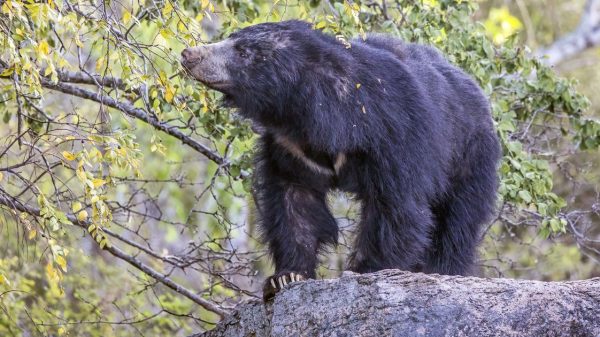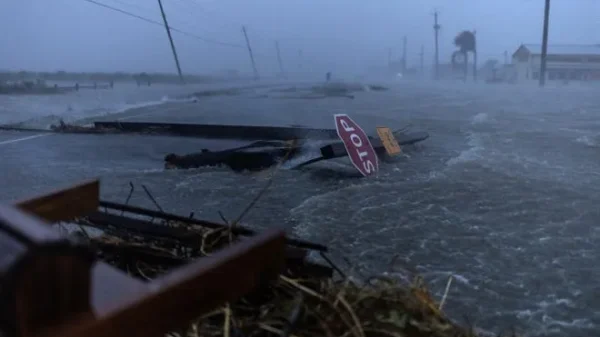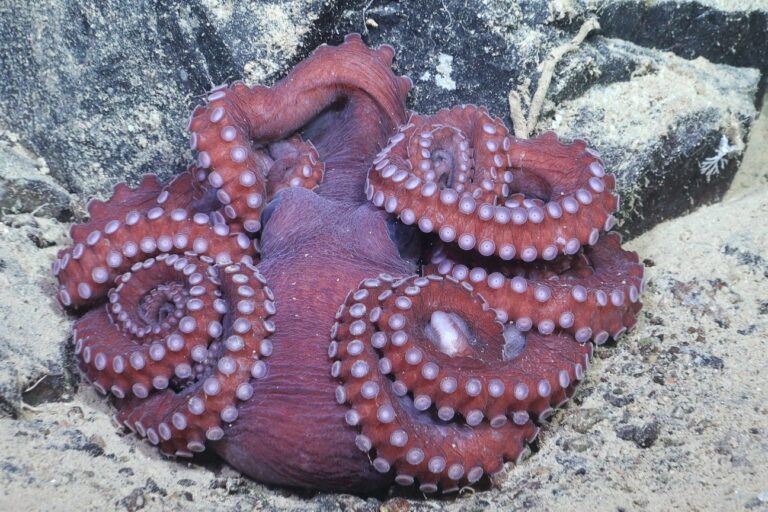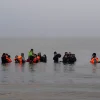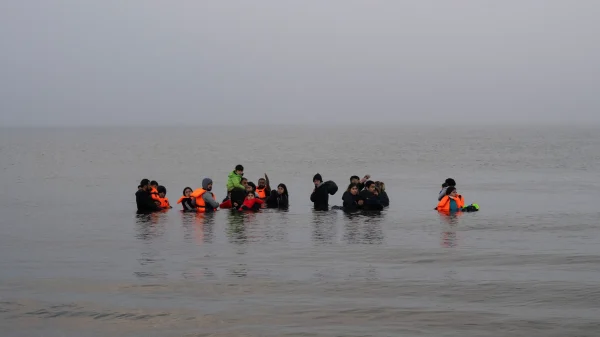In January, a massive iceberg broke off from the George VI Ice Shelf in Antarctica, providing researchers with an extraordinary opportunity to observe a previously unseen part of the planet.
Coincidentally, a team of researchers from the Schmidt Ocean Institute in California, U.S., was in the vicinity when the iceberg, spanning 510 square kilometers (197 square miles), calved. The team swiftly adapted their plans and took advantage of the rare opportunity to investigate the newly exposed seafloor.
“Serendipitous moments are part of the excitement of research at sea – they offer the chance to be the first to witness the untouched beauty of our world,” Jyotika Virmani, the executive director of Schmidt Ocean Institute, stated in a press release.
With the ice now gone, the team employed remotely operated vehicles to explore the seafloor for eight days, reaching depths of up to 1,300 meters (4,265 feet).
Patricia Esquete, a deep-sea ecologist from the University of Aveiro in Portugal, shared insights about the discovery during a phone call with Mongabay.
The area that was revealed had been previously covered by a thick sheet of ice, around 150 meters (492 feet) deep. As a result, Esquete noted, “We were expecting quite an impoverished ecosystem because it’s not receiving food from the surface, like in a normal deep-sea setting in which you have photosynthesis happening at the surface.”
What the team uncovered, however, was a thriving ecosystem, populated by fish, coral, octopuses, sea spiders, anemones, and sponges, some of which might be hundreds of years old.
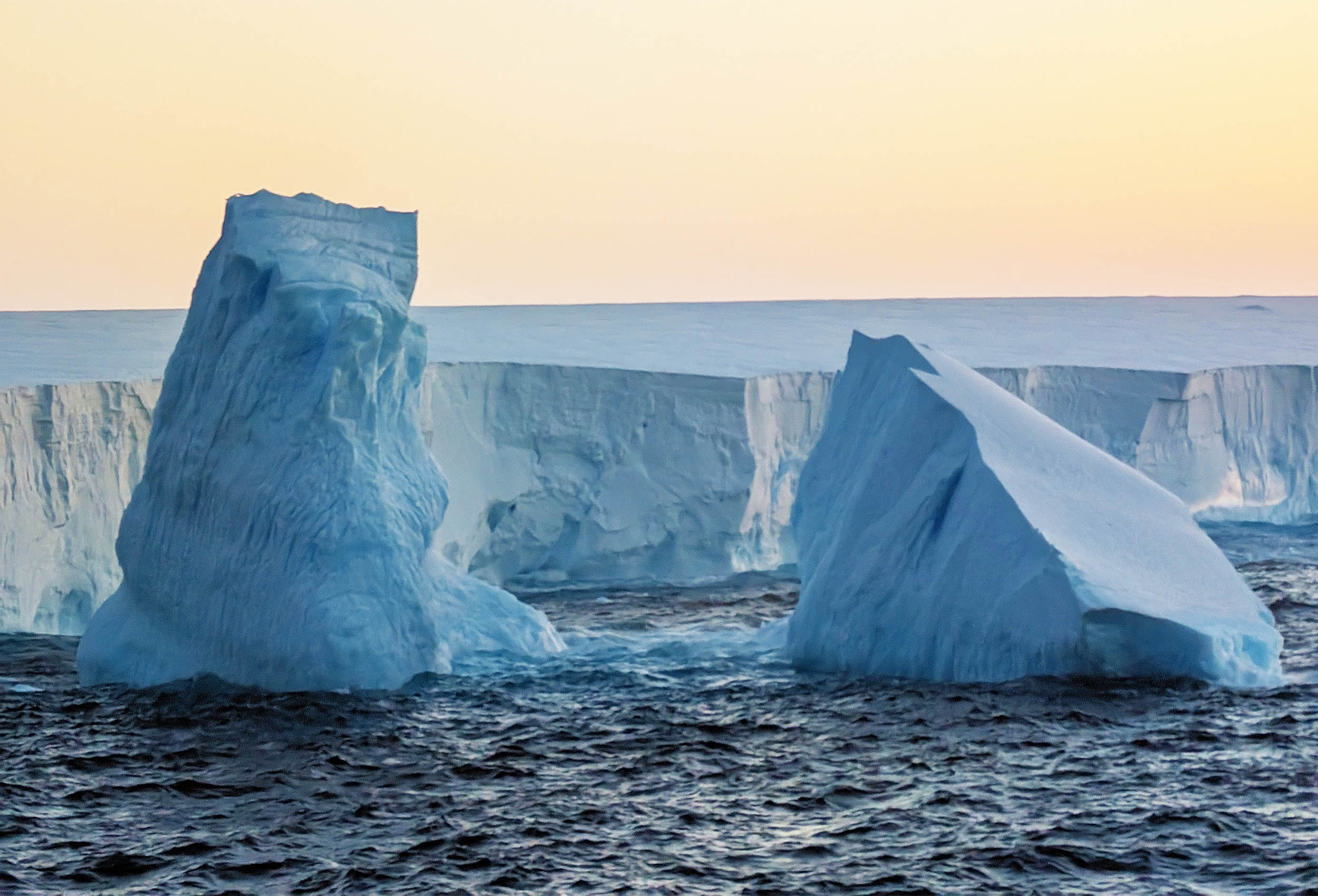
Huge Iceberg Separating From Antarctica
The researchers suspect that deep ocean currents are responsible for providing the nutrients necessary to sustain life beneath the ice shelf.
“We found a really well-established ecosystem,” Esquete remarked. The team collected numerous samples for further examination, particularly those that they believe may represent new species. “We have several new species, that’s for sure — of fish, of crustaceans [and] polychaete worms,” she explained.
Esquete speculates that these potentially new species are not confined to the seafloors beneath ice shelves. It is more likely that they exist throughout the region, but scientists have had limited opportunities to study the harsh, frigid, Antarctic seafloor in the past. “It’s just very little-explored in general,” she said.
The team also gathered topographical data, revealing sharp cliffs and deep depressions, some as much as 1,300 meters deep.
“So, if you imagine, say, Yosemite National Park [in California], put it underwater,” said Sasha Montelli, co-chief scientist on the expedition and a geophysicist with University College London, in a conversation with Mongabay.
As climate change accelerates the melting of Antarctica’s ice sheets, events like this calving are expected to occur more frequently. Montelli emphasized that the researchers intend to return to the site to monitor changes in ocean currents and seafloor ecosystems.
Their goal is to develop models that can forecast “how ice loss from Antarctica is going to evolve under different climate change scenarios.”

























